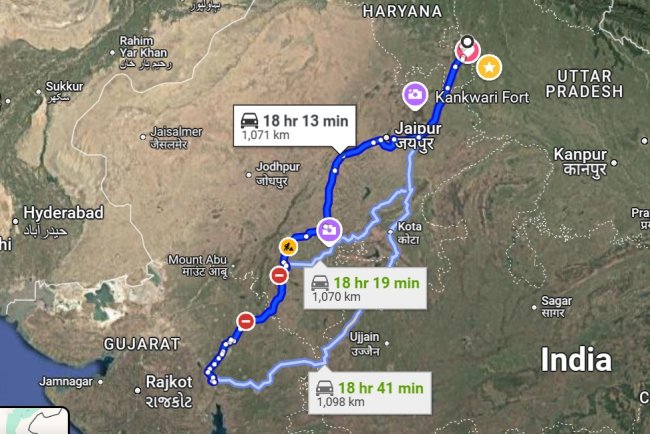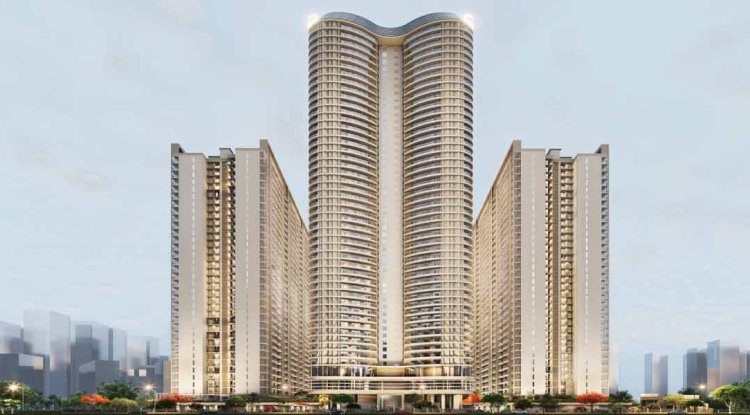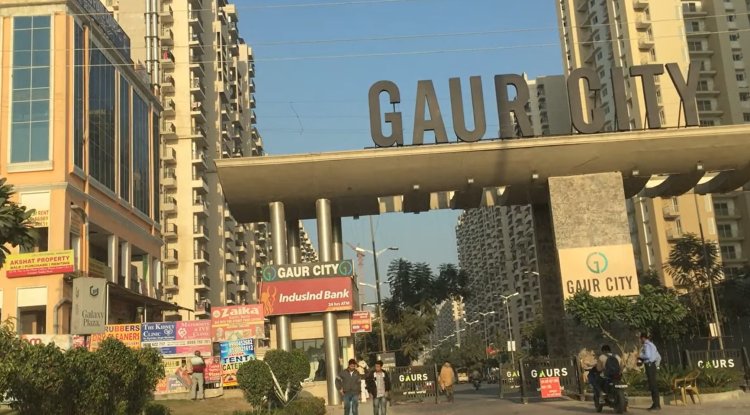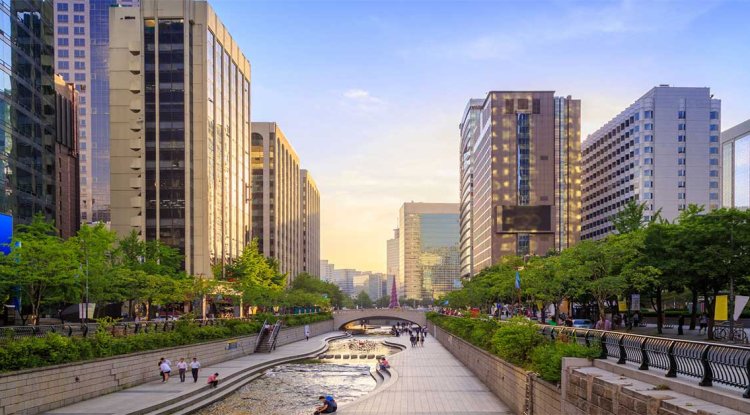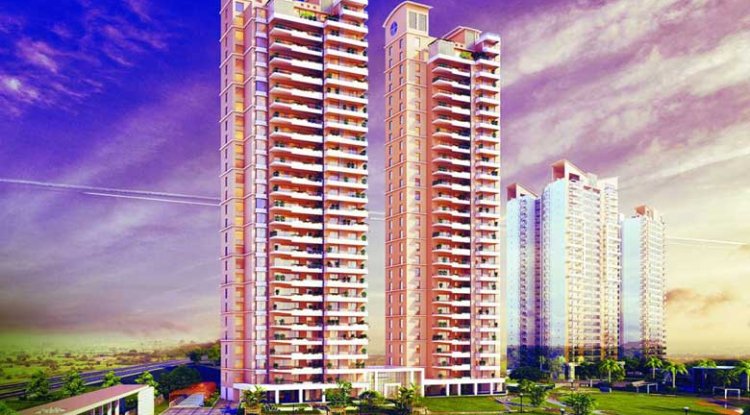Today, the largest cities of the globe have embarked on a kind of competition for height without any regulation except the engineers’ creativity. Of all the advances in architecture, Dubai's Burj Khalifa is the tallest building in the world, a symbol of the modern architectural and visionary spirit.
In more detail, the following write-up explains how the Burj Khalifa has come to be constructed and how it has been designed and engineered. We’ll also help discuss its importance to the world.
The Story of Burj Khalifa
Standing in Dubai, United Arab Emirates, the Burj Khalifa measures 828 meters (2,717 feet) in height and has 163 floors, not only making it the tallest building but also the structural icon of a new generation of skyscrapers. The construction of Burj Khalifa started in 2004 and was implemented by the best engineers, designers, and contractors in the country.

Finally completed in 2010, the building has become an image of a modern city and a symbol of Dubai’s desire to become one of the world’s top cities. The name Burj Khalifa is in honor of the President of UAE Sheikh Khalifa bin Zayed Al Nahyan.
Known in the past as the ‘Burj Dubai,’ the title has been changed in honor of the financial backing provided by Sheikh Khalifa. The facility was constructed by Emaar Properties, one of the premier property developers in Dubai. The architectural input in making this marvelous place is credited to the Skidmore, Owings & Merrill of Chicago.
Engineering and Architectural Works
The Burj Khalifa's architectural design was influenced by Islamic architecture and the Hymenocallis, a desert flower. It has a Y-shaped plan which is efficient in observing the views of the Arabian Gulf at the same time it has a cross-shaped structural method of construction to support the wind.

This structural system, often referred to as the “buttressed core”, is what allowed the engineers to construct a building this tall without compromising its stability. It was essential for any building this tall to have a strong core for enhanced protection.
Building a structure on this scale entailed its fair share of engineering problems. The team employed high-performance concrete optimized to work in desert temperatures that sometimes reach up to 50 degrees Celsius in summer.
Also, the façade is made of reflective glazing, aluminum, and textured stainless steel to reduce heat transfer and enhance energy performance. Still, during the construction phase, the Burj Khalifa construction team was confronted with many difficulties particularly in evacuating concrete to such great height.

The approach was to employ a different concrete pumping method that could accommodate the volume and weight of concrete required to pump it to the upper floors. Last but not least, the topping out of Burj Khalifa means a new record for the construction industry. It is the right example for the architects globally to understand that how a creative mind and desire can face the hardest tests.
Sustainability Efforts
Living in a desert where water is scarce, water management is one of the biggest concerns. That is why, the developers of the Burj Khalifa used innovative approaches to maintaining and reusing water.
The building’s condensate system passes about 15 million gallons of water each year to irrigation around the building. This focus on sustainability also affects the energy used in the monument, having useful systems that reduce power consumption and its impact on the climate.

Hence, irrespective of the height and amazing marvel in constructing Burj Khalifa, it stand high on the sustainability standards.
A Symbol of World Power and Economic Development
The Burj Khalifa Tower is more than just the world’s tallest skyscraper for Dubai it represents the aspiration to become a global leader. Residential, office, and hotel spaces are situated in the tower, which also contains some of the most sophisticated restaurants attracting guests, workers, and investors worldwide.
Old structures could change the shape of cities, the height of this building has revolutionized Dubai with millions visiting the tower every year. The aim is clear, to have a glimpse of the tower and to have a feel of the spectacular views from the decks.
Since the construction of Burj Khalifa, real estate and tourism have both proven to be successful in Dubai. The tower has since attained an icon status and is now a part of the city’s can’t-do-without-in-your-skies kind of building.

Moreover, including modernity, luxury, and innovation all in one building. The construction of Burj Khalifa was also aimed at diversifying the economies of Dubai since it learned its lesson that relying fully on oil was counterproductive.
Challenges and Controversies
Nonetheless, it is worth noting that the Burj Khalifa has not been without controversy, primarily centered on construction costs and the working conditions of migrant workers. Some critics pointed out that this design caused significant damage to the environment.
While initially, the entire project was considered as an impossible one, the controversy still lies that to construct as high a building as possible the functionality of the building is not used in the way it is needed in many modern cities. Yet all these problems do not cause Burj Khalifa to lose its place in the list of the great modern construction projects.
The secret to managing these challenges and controversies surrounding Burj Khalifa was expert architectural design and innovative construction approach.
Also Read :
In Conclusion
Burj Khalifa is not only a record-breaking tall tower but also an icon and a representation of people’s desire, advancement in architecture, and a nation’s pride. Towering megastructure engineering and design have been taken to a new level that firmly establishes the Burj Khalifa as unique.
It has become a symbol of Dubai’s ambitions to turn the city into a global tourist attraction, along with being a challenge for new generations of architects and engineers.











